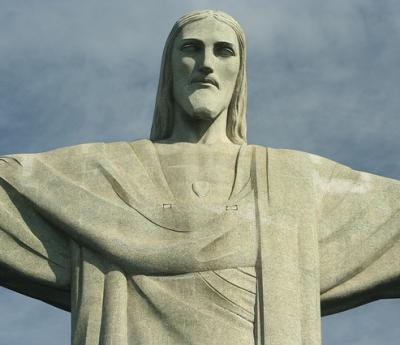
Exploring the history and experiences of mixed heritage persons and inter-racial relationships across the world

Exploring the history and experiences of mixed heritage persons and inter-racial relationships across the world
Brazil, the ‘land of the brown people’ or so people love to think but despite falling from 53% of the population to 43% according to the 2010 census, people considering themselves white are still the largest group in Brazil.
 Now that I have you attention, it must surprise many new readers that there is no chapter on Brazil on mixed-races.com. That first paragraph already hints at the complexity of trying to write about such a large diverse country – also the reason why the USA does not have a chapter too.
Now that I have you attention, it must surprise many new readers that there is no chapter on Brazil on mixed-races.com. That first paragraph already hints at the complexity of trying to write about such a large diverse country – also the reason why the USA does not have a chapter too.
The issue with discussing race in the the context of Brazil is further complicated by how Brazilians themselves deal with skin colour. The 'white' Brazilians mentioned in the first paragraph outnumber the 82 plus million ‘pardo’ (meaning brown) people and the some 15 million people who consider themselves black. And here is the crux of the matter, a fact sometimes ignored by many, is that Brazil’s census categories are not, and do not pretend to be, based on ancestry, but rather on skin colour.
It has been know for famous Brazilians to change race during their lifetime – I will dig out some examples for the book chapter – but it has been known that the more successful you become, the 'lighter' you are classified and if and when you fall out of favour, your revert to whatever you were in the first place. This kind of reminds me of the black vs mixed question in the USA. So there is also a social 'mobility' aspect to the classification of race or at least skin colour.
Racial issues in Brazil does not come without controversy. As much as Brazilians like to claim their non-racial social structure, many, particularly 'black' Brazilians and US Americans attempt to liken Brazilian racial issue with those being experienced outside of Brazil and in particularly in the USA. Some of these arguments are driven by vested interests in my opinion.
I would love to add a chapter on Brazil but I suspect that I may have to cover it in two or maybe even three chapters covering from the 'white' South around São Paulo, through the 'pardo' regions around Rio de Janeiro and up to predominantly 'black' and Amerindian north centred around Salvador. More than just writing about it, I would really like to go and do some on the ground research. Of all the countries covered, it is the one I feel compelled to visit.
One of my original aims when I started this project in June 2010 was to visit as many of the countries I covered for what was to be a book and a documentary. Life just got in the way.
As for the chapter or chapters of Brazil, it joins the USA, Europe and other countries for the second edition whatever that means now and will be some time coming.
For more information have a look at Wikipedia's 'Race and ethnicity in Brazil' article.